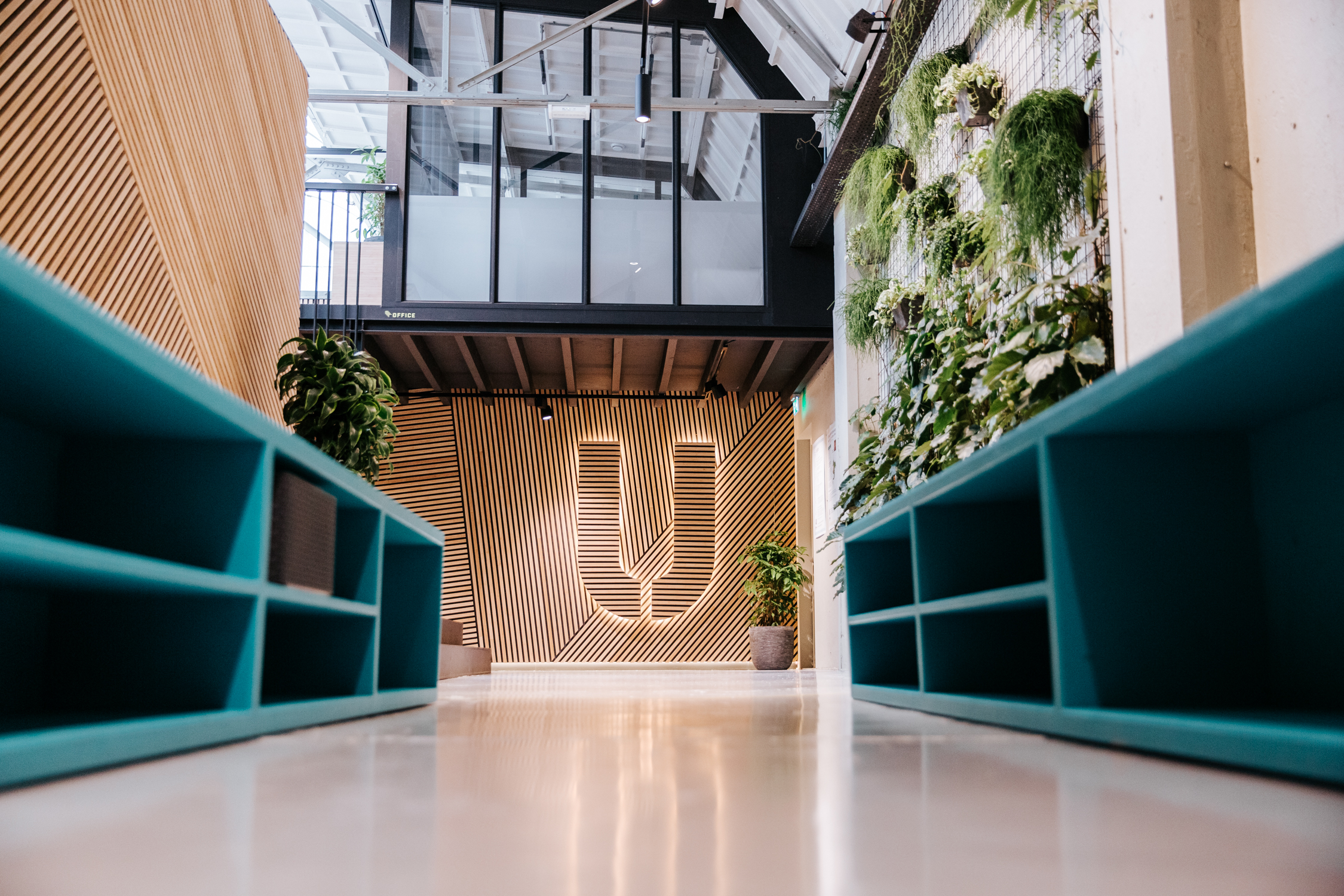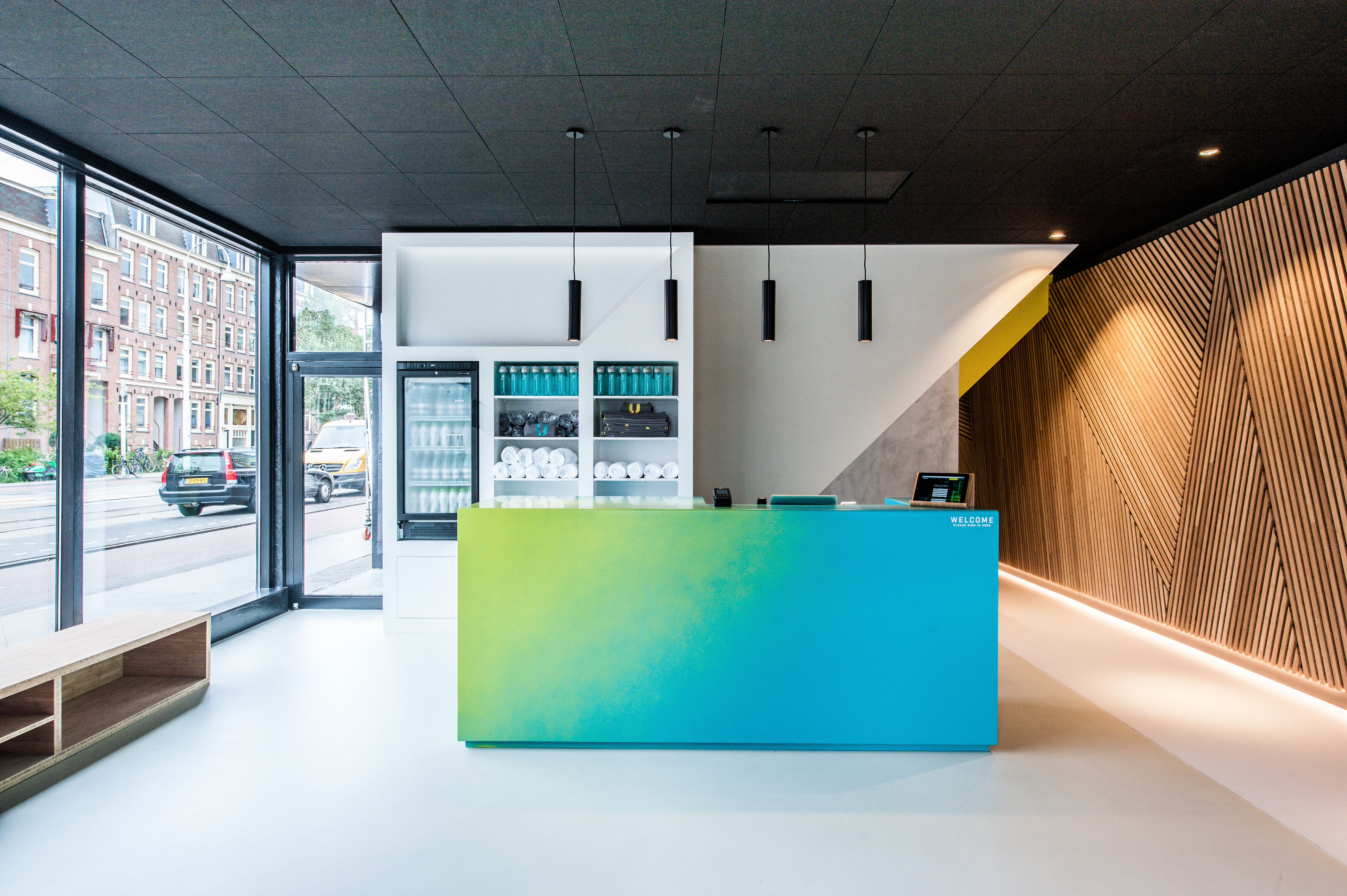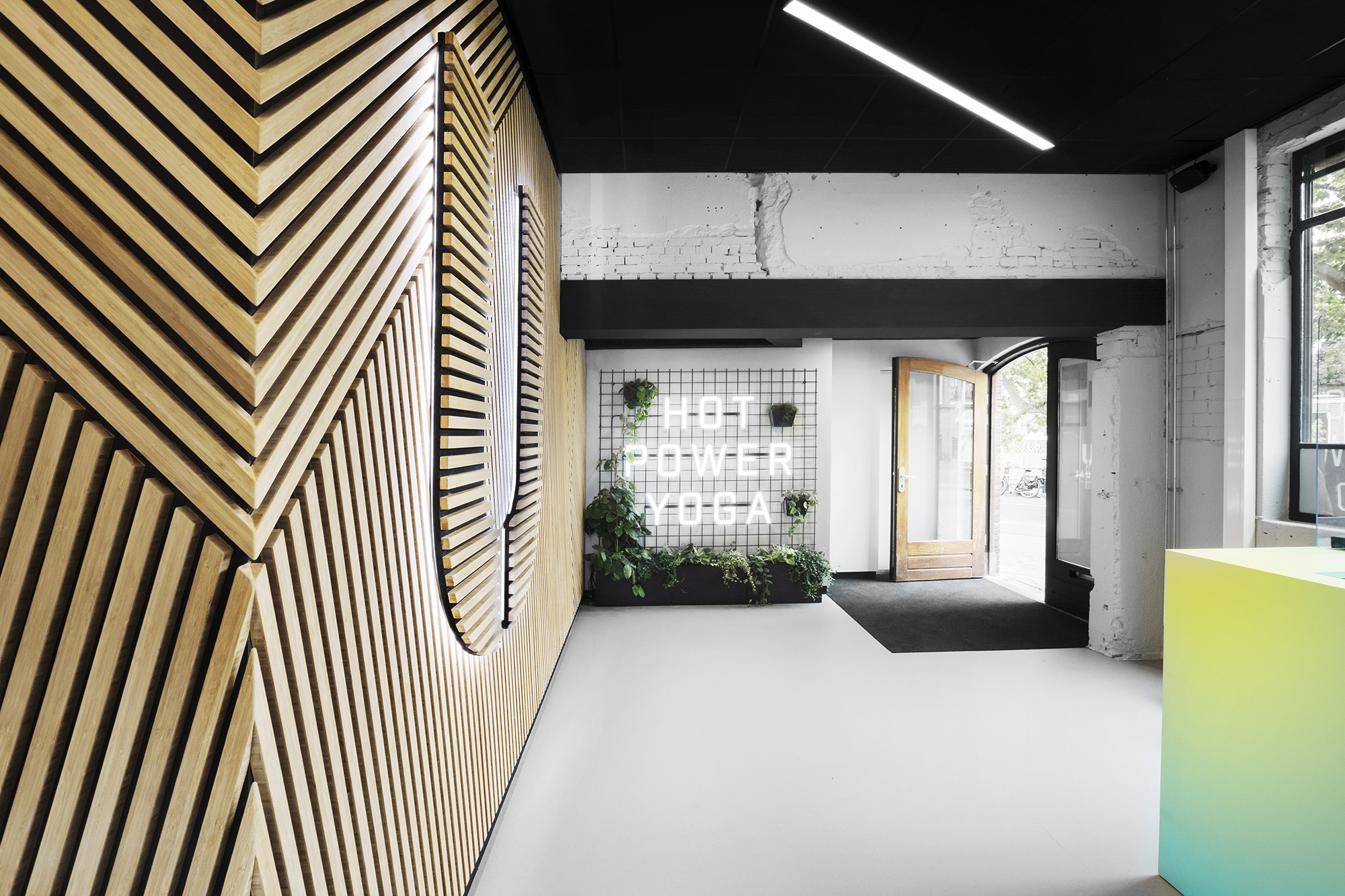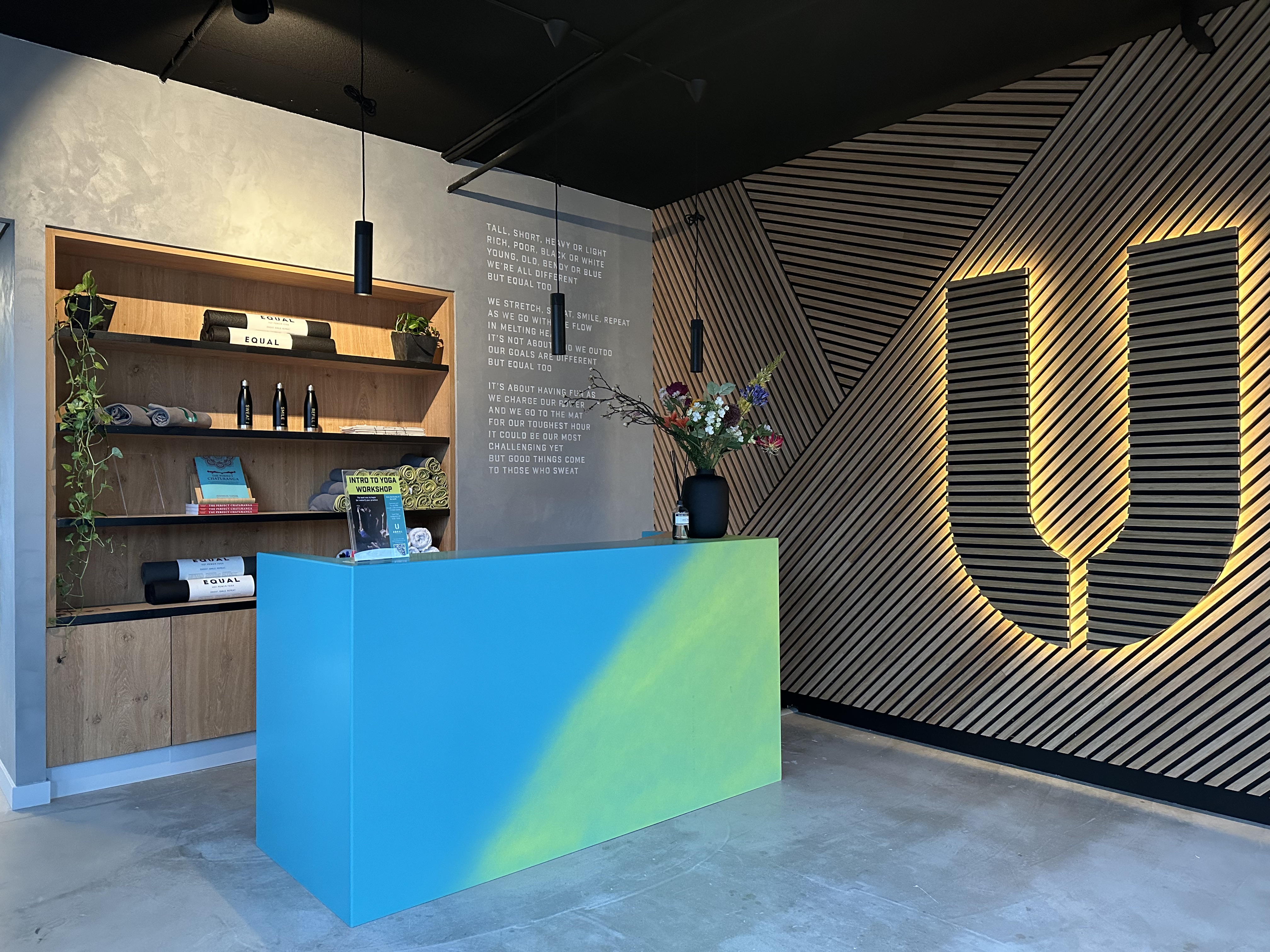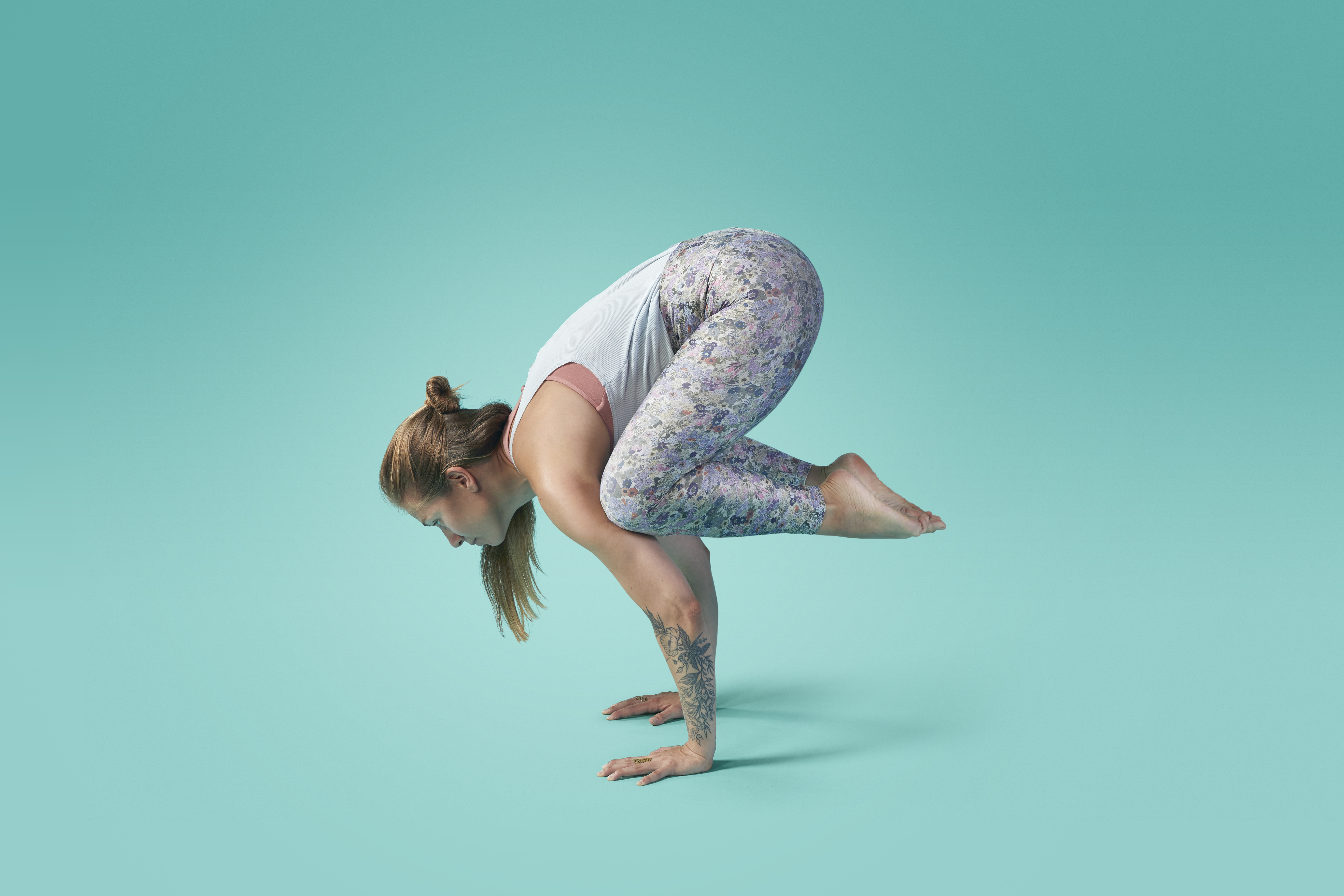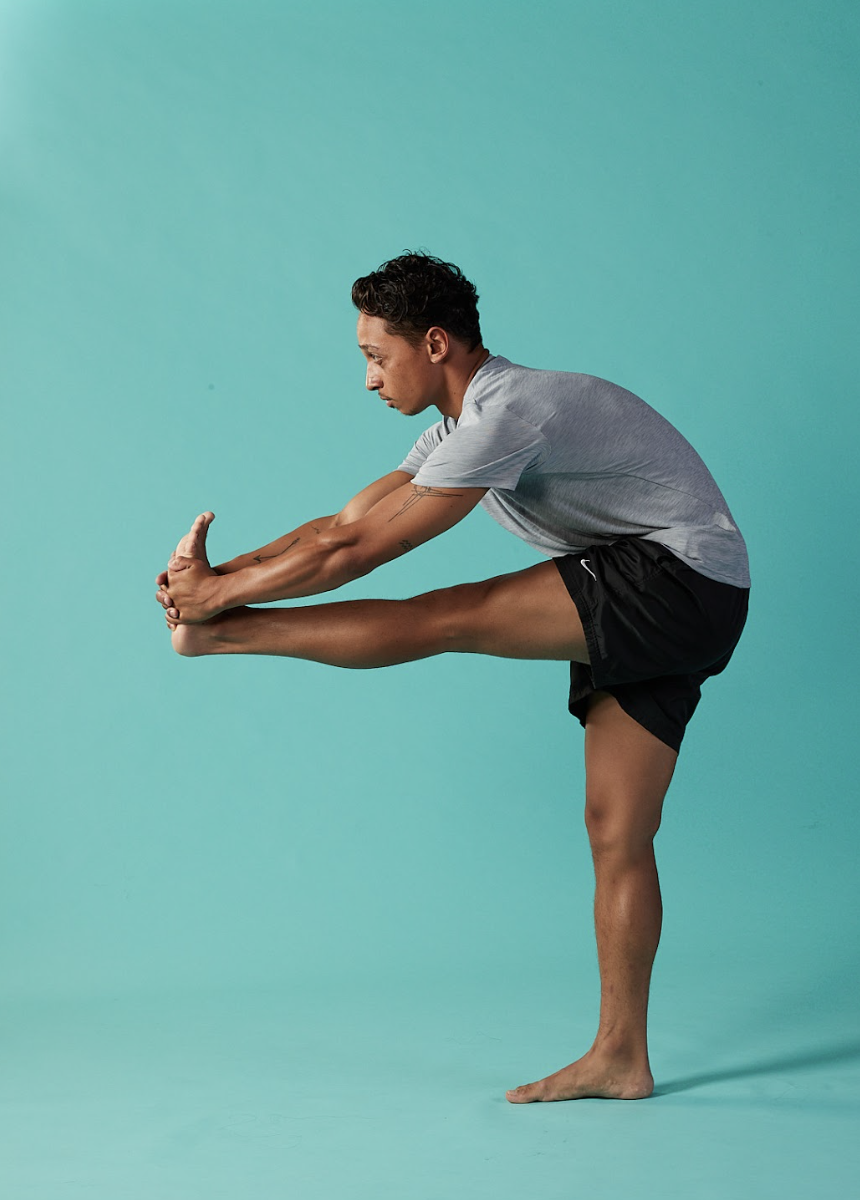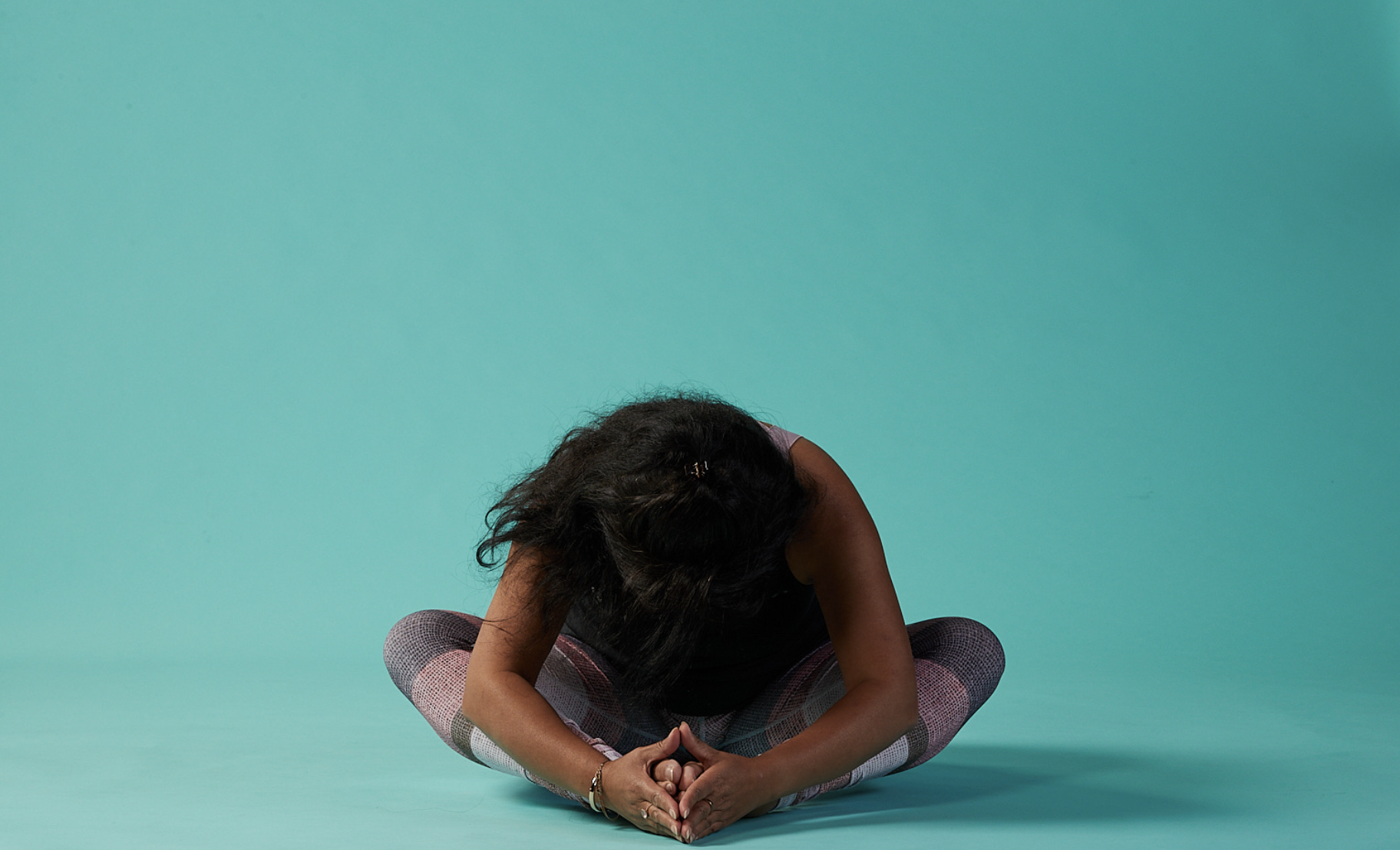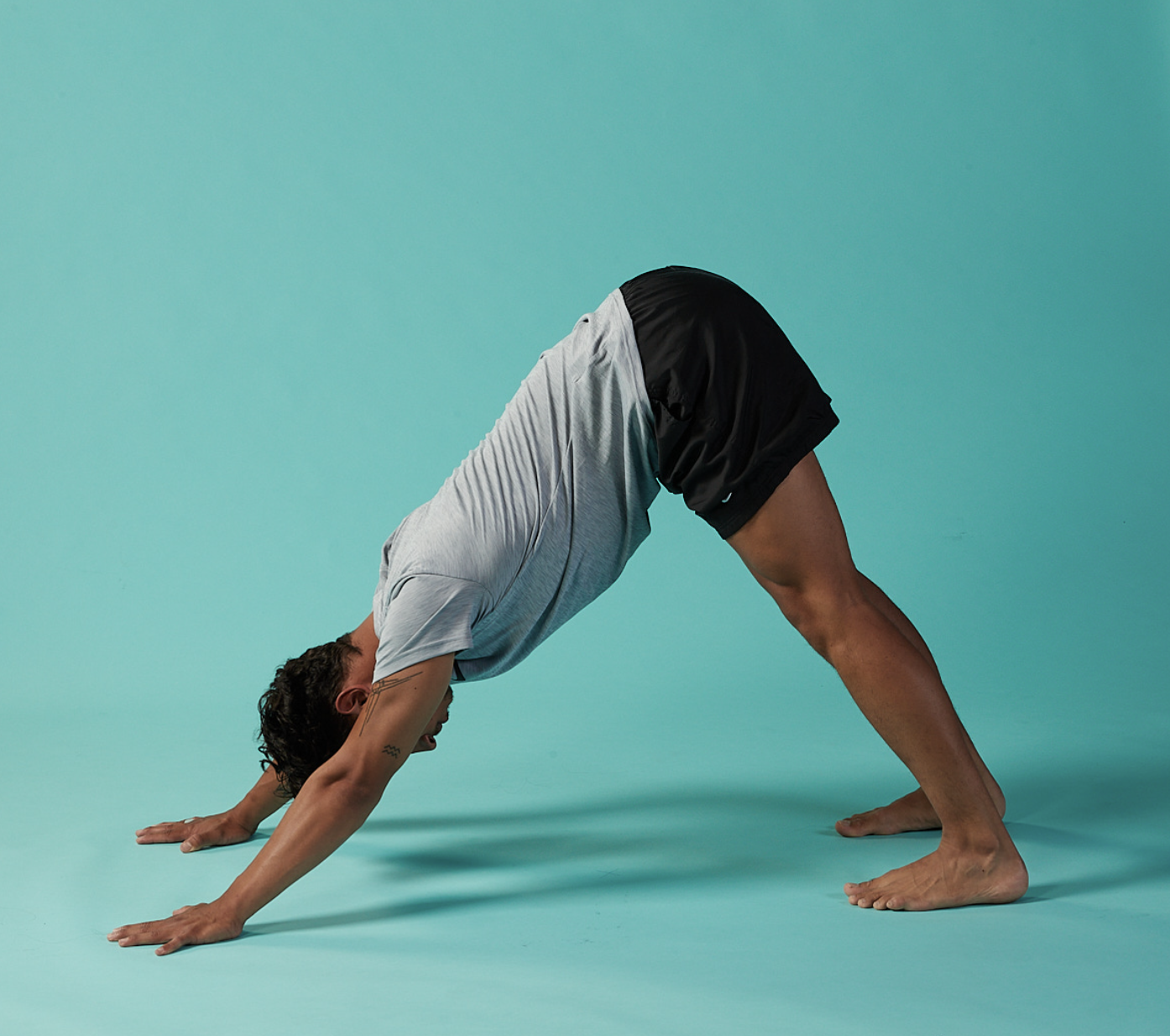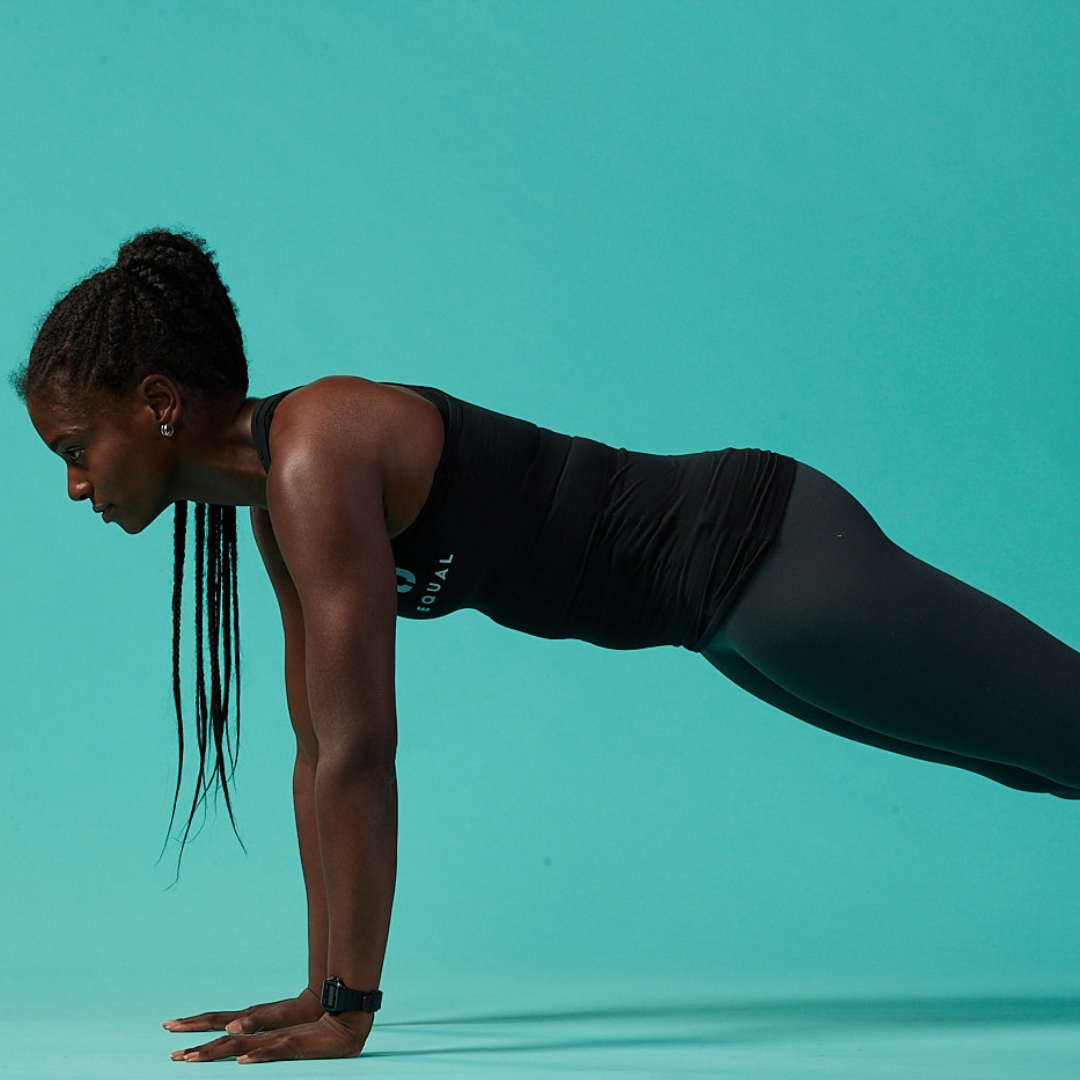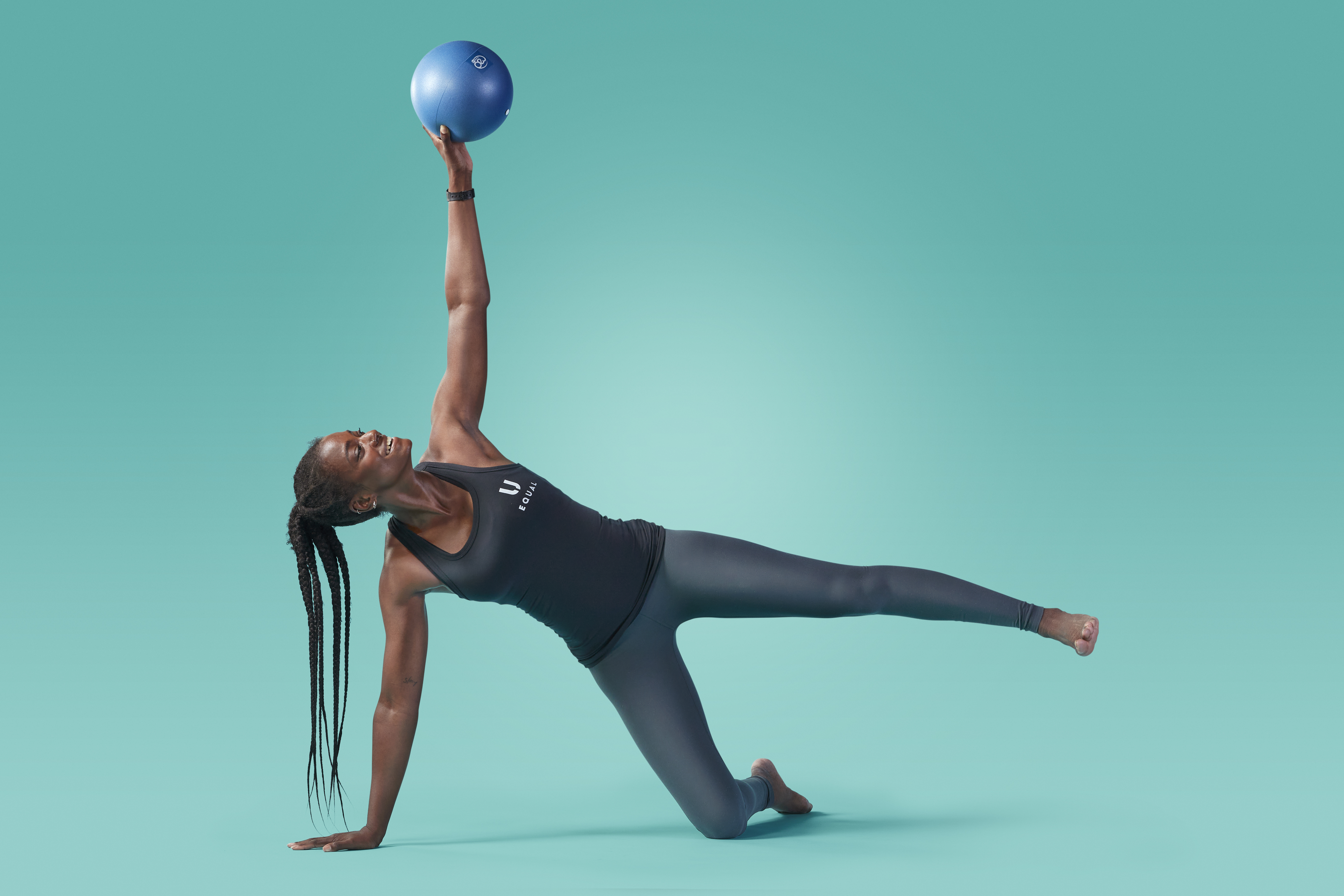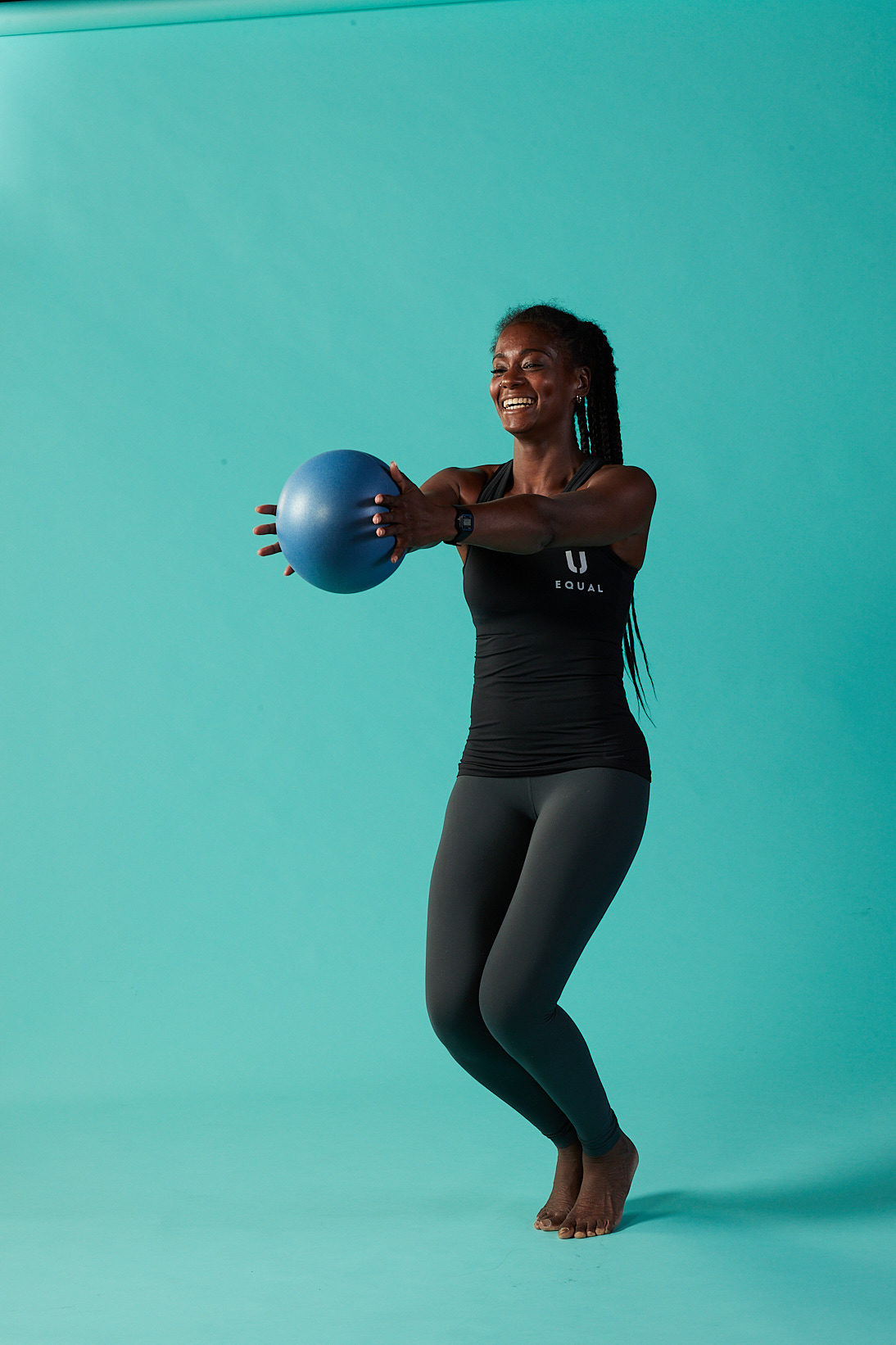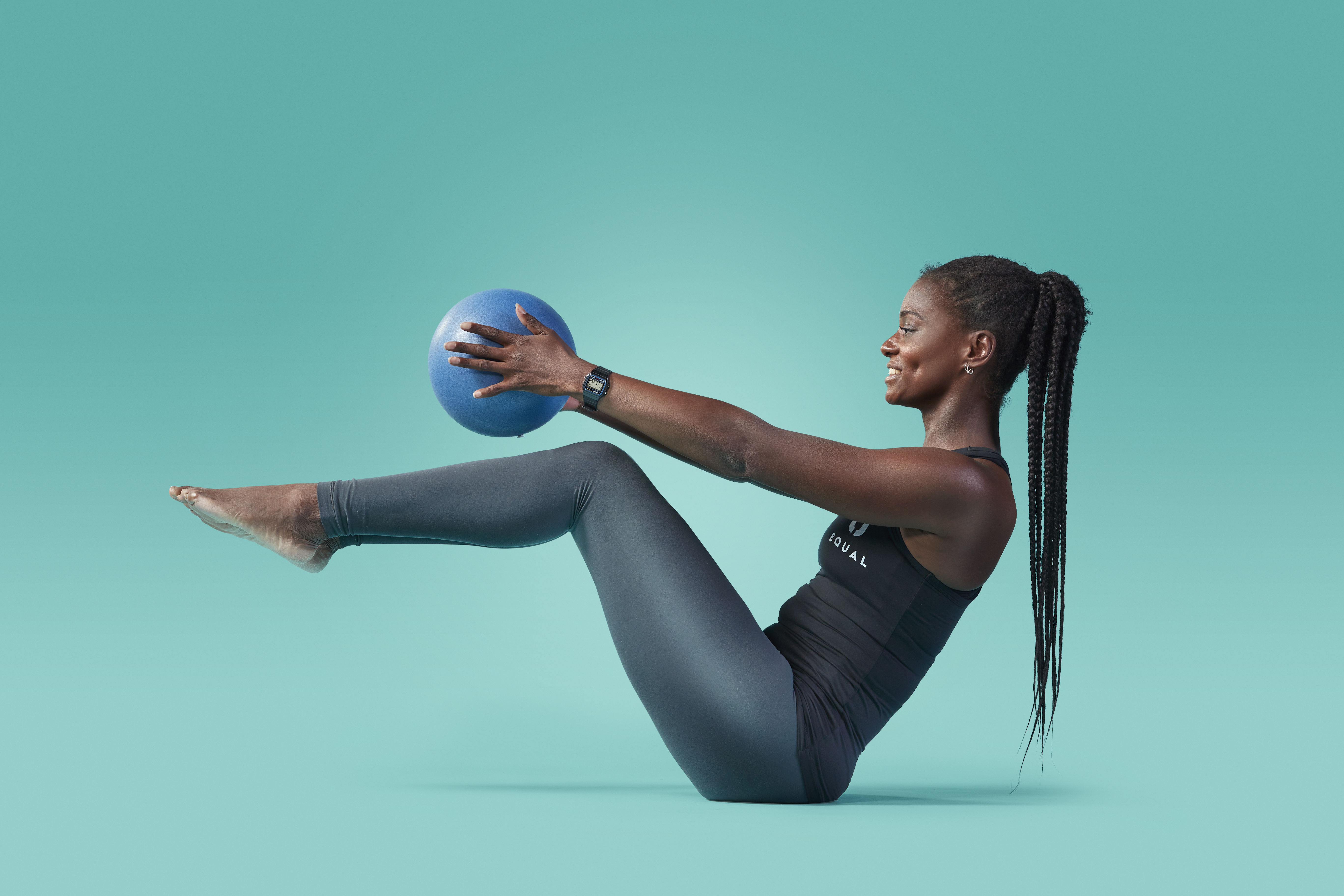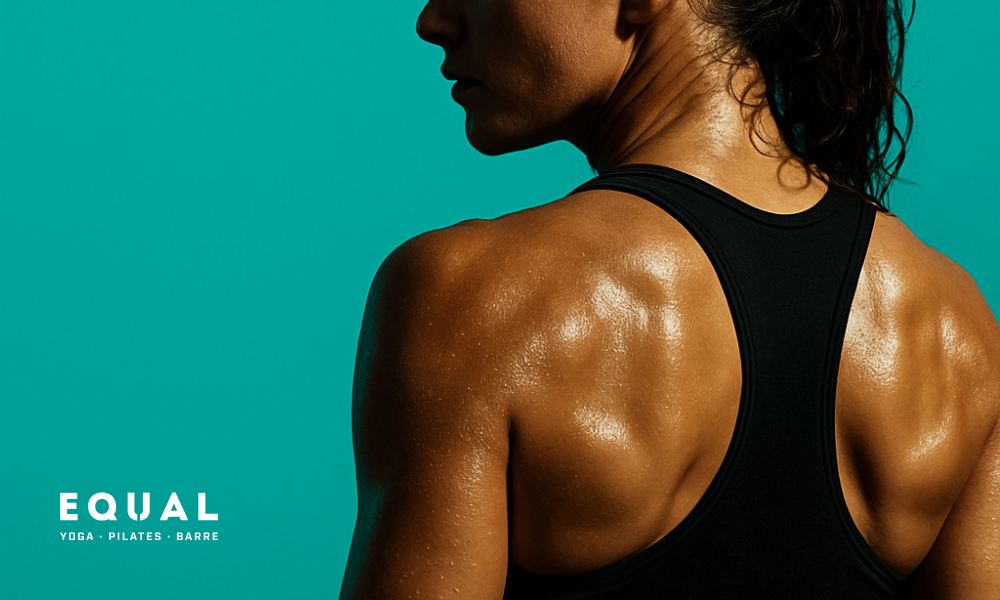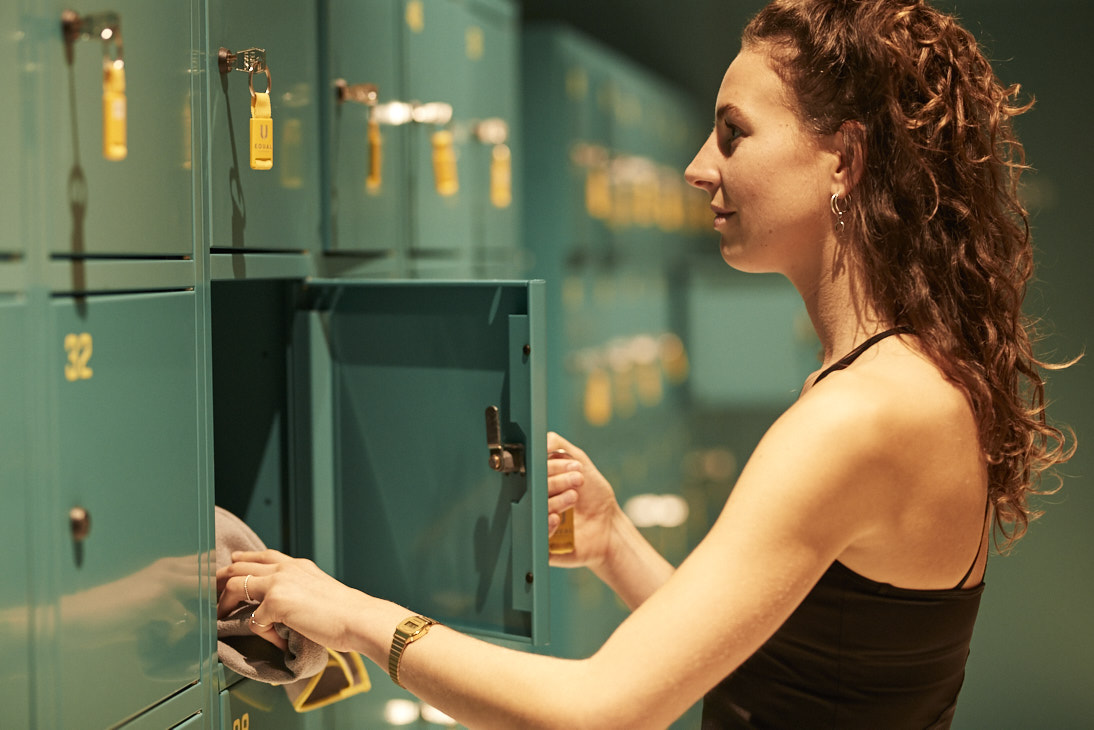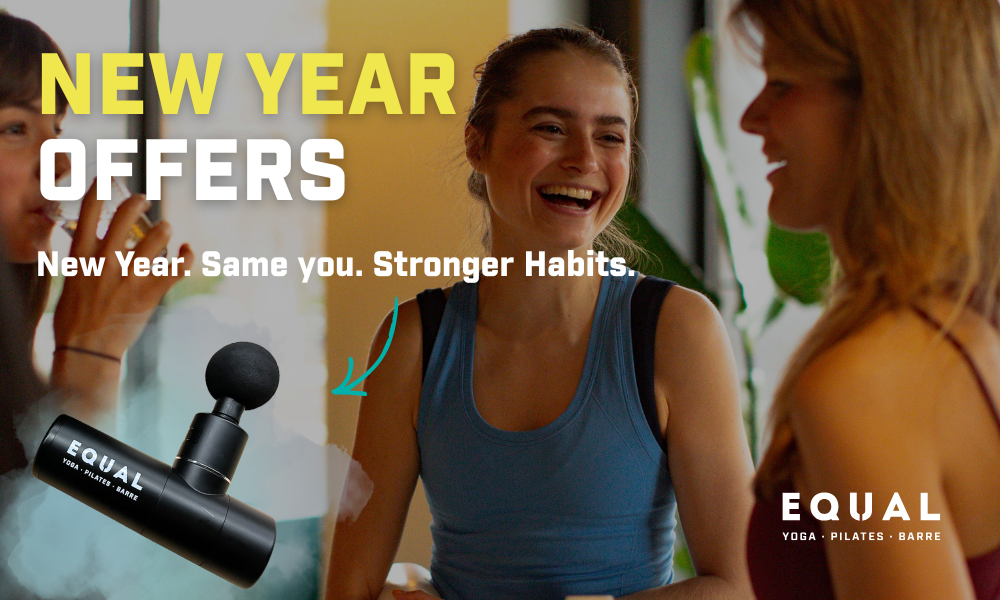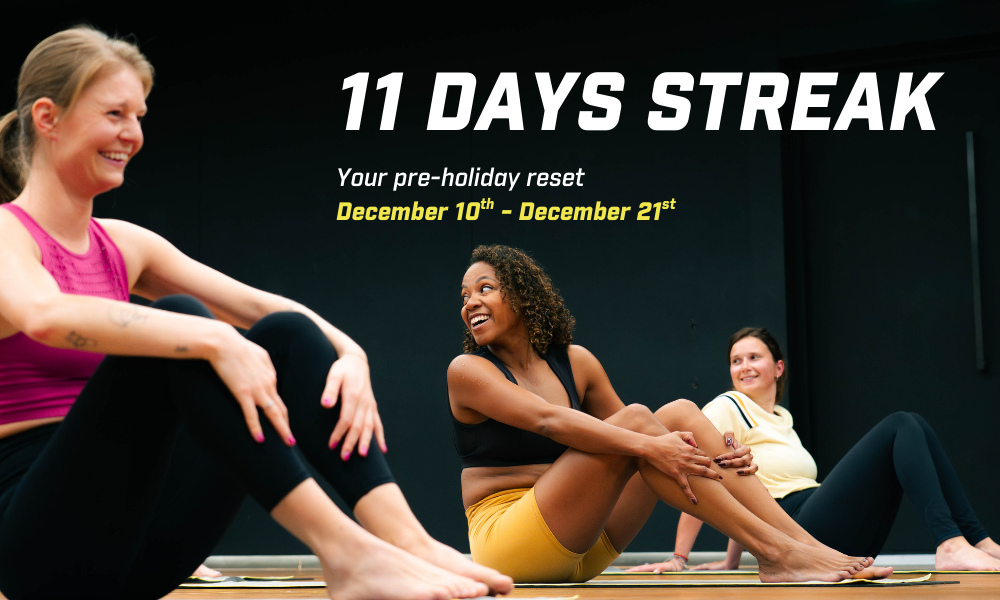Often, I get asked about intention setting for a yoga practice. Students either don’t know what kind of intention to set or they might feel it’s a little too floaty for their liking. Although I try to explain about intentions shortly at the beginning of class, there just isn’t enough time to talk about it in-depth. So when I was asked to write a few words on it, I was thrilled to share my thoughts.
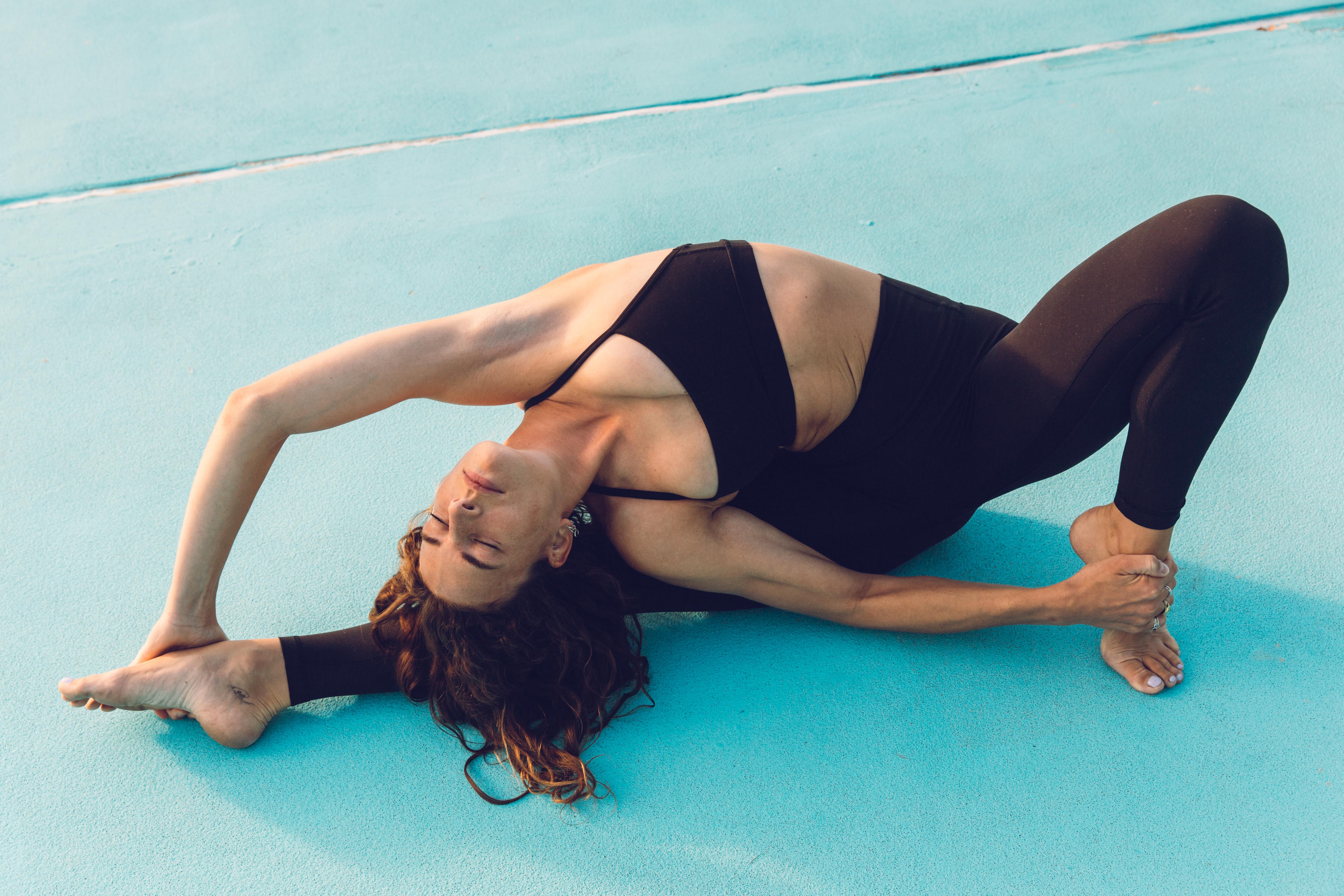
What is an intention?
I like to think of it as a motivation, an anchor or a focal point. Something that you can come back to and helps to focus the mind. Now if this sounds a little floaty, let me make it more practical for you. Let’s say, you set intentions for a new year, such as, letting go of attachments. There are many ways to work on this intention as it’s still very broad, which is why I like to narrow it down by setting weekly/daily intentions that could be linked to your intention for the year. Take for example, a week where another lockdown is announced and you feel frustrated about having to cancel your plans. A good intention might be to let go of that frustration and cultivate a flexible and open mind. You could then also work with this intention in your yoga practice.
Why would you want to set an intention?
As a teacher I love to create space for intention setting as I believe it can add an extra layer to your yoga practice. Just like everything around us is constantly changing, we are never the same and just so, our needs and desires are continuously shifting. When you step on your mat, you create this check-in moment with yourself to become aware of what you need in that moment on that day. The previous example of letting go of frustration, can be a great intention for a yoga practice: whenever frustration arises in a specific pose, you can come back to that intention, that anchor and perhaps find more ease.
Now, intentions don’t have to be complicated or deep. In fact, try to keep it simple and don’t overthink it. Here are some examples for your next class:
- I will focus on my breathing
- I will feel the sensations in my body
- I will stay present
- I will let go of my day
- I am here to explore new things
- I am grateful for the small things
See you in class,
Renée
